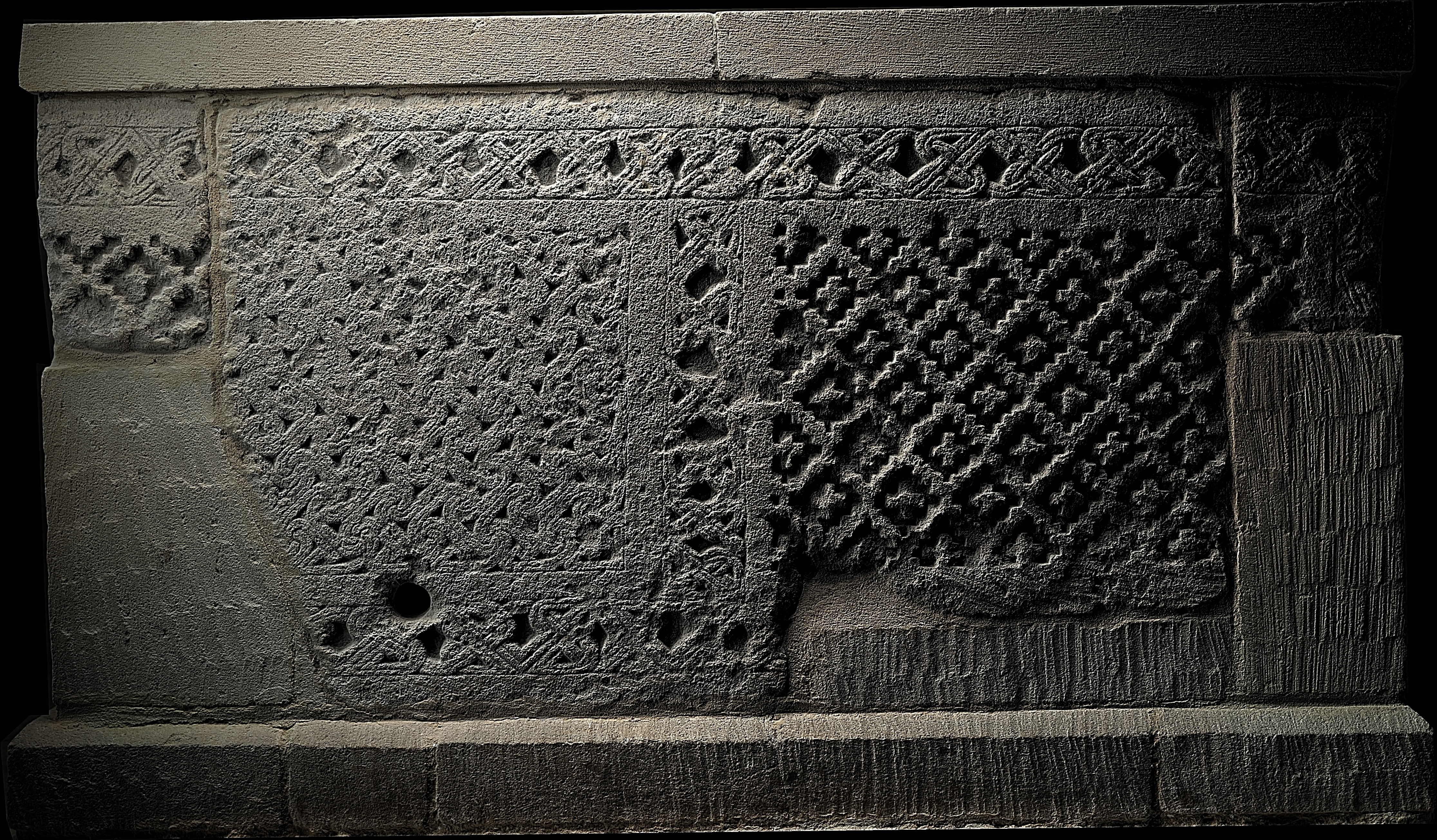
On Friday 8 June 2016 I presented a talk to the Friends of Holy Trinity discussing the Anglo-Saxon origins of their church. Wessex Archaeology’s Bristol Office are currently engaged in monitoring the refurbishment works at Holy Trinity, and this has led to some exciting discoveries.
It has long been hypothesised that that the original minster church, reputedly founded by St Aldhelm in the early 8th century, stood on the site now occupied by the rather grand 12th-century church. Up until now, the supporting archaeological evidence for this theory mainly consisted of a finely carved piece of stonework dated to the late 7th or early 8th century, which was discovered in the 1860s and now repurposed as an alter in the famous ‘Saxon’ church of St Laurence, across the road from Holy Trinity. St Laurence itself almost certainly dates to the early 11th century, built during the reign of King Ethelred II ‘the Unready’.
WA recorded a sequence of burials discovered below the floor of the old boiler house at Holy Trinity. Initially these were thought to be medieval, but as the graves were cleaned it was apparent that one burial was truncated by the 12th-century nave. Permission was sought to take radiocarbon samples from two of the individuals in this location. The dates have come back as broadly 9th century (770–980 AD) and 10th century (890–1030 AD), and are almost certainly associated with an earlier church building on this site.
Volunteers from Bradford on Avon Museum and Wiltshire Archaeology Field Group have been assisting with cleaning finds recovered during the project and they have also had the opportunity to observe Kirsten Egging Dinwiddy, from our osteoarchaeology team, analysing the skeletal remains. All the remains will eventually be reinterred elsewhere within the cemetery.